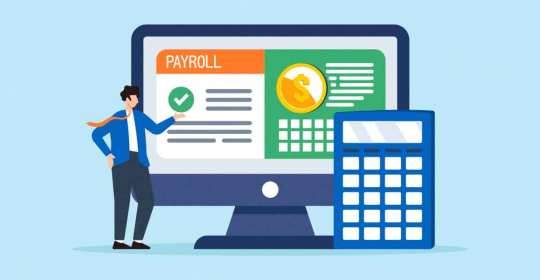For business owners, figuring out how to manage and utilize data is one of the most challenging, yet important issues of the day. But if you learn how to put your data to use, you can expect to see some positive growth. Here are a few ideas:
- Leverage Business Intelligence
“A decade ago, businesses were worried about acquiring enough of the right data to be able to make smart decisions. Today, those same companies are swimming in more data than they can ever use,” datapine explains. “The new challenge is learning how to make sense of all this data.”
Even more important than trying to decode what the data tells you is figuring out how to leverage it in a constructive manner to move the business forward.
“The big challenge is trying to tease actionable insight out of the data,” says Tom Harrison, chairman emeritus of the Diversified Agency Services division of Omnicom. “Generally there is so much data available, but slicing it, dicing it, and transforming raw data into precise, direction-oriented knowledge that powers corporate or brand strategy is not a simple task.”
Business intelligence tools are the way to go. Companies like datapine help clients to connect multiple data sources, organize information, and then pull out valuable insights that can be visualized and acted upon in real time. Give it a try and see what it does for you.
- Get to Know Your Customers
Your customers will provide you with the richest insights. And while there are ways to gather customer insights through things like website analytics and support tickets, there’s also a practical side that requires you to get to know your customers for who they are.
When you get to know your customers and clients through one-on-one meetings, phone calls, conferences and events, and customer service interactions, you’re able to see what makes them tick. It becomes obvious why they do what they do, what their biggest unmet needs are, and how you can service these needs.
Many business owners feel as if they have to gather data in secret and anticipate what their clients want. But the reality is that your best clients will tell you – you just have to ask!
- Enhance Sales and Marketing
There are an abundance of applications for data insights in sales and marketing. Once you understand who your customers are and what they want, you can streamline your lead nurturing and spend time interacting with prospects who are most likely to convert. This reduces wasted time, improves focus, and ultimately has a positive impact on the bottom line. In terms of marketing, simple things like demographic data and past purchase behaviors can be used to provide more context for your content, social media, and SEO.
- Self-Service Tools for Employees
It’s not all about the C-suite. While you have to develop a top-down strategy for how you rely on and use data, don’t forget that your business has a culture. If you don’t cultivate an appreciation and proper use of data at all levels and echelons of the company, you’ll have a hard time getting the results you want.
“To drive businesses forward, everyone needs to have access to the data they need. Because not everyone has a degree in data science, CIOs need to provide easy-to-use, self-service data manipulation and analysis applications and tools to business users,” entrepreneur Ashley Stirrup writes. “They also need to integrate intelligence into data management applications and workflows to make it easy for business users to leverage advanced technologies such as machine learning and natural language processing.”
If this all sounds a little complicated, breathe easy. You don’t create self-service tools overnight. It’s an incremental process that starts with understanding the importance of empowering your team. Then you do some research and develop ideas. Then you implement them. Start small and don’t let the magnitude of the challenge paralyze you.
Putting it All Together
You don’t have to be a data whiz kid or certified analyst to successfully leverage data for better business decision-making. You do have to develop a plan, try out new strategies, and commit to prioritizing data as you move forward. If you’re willing to do so, good things will happen.






